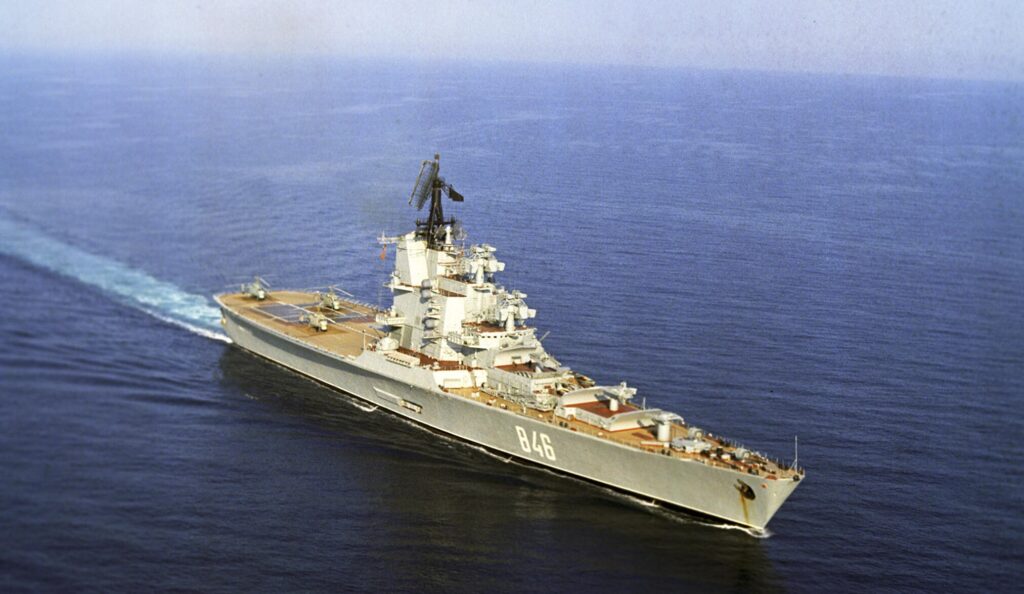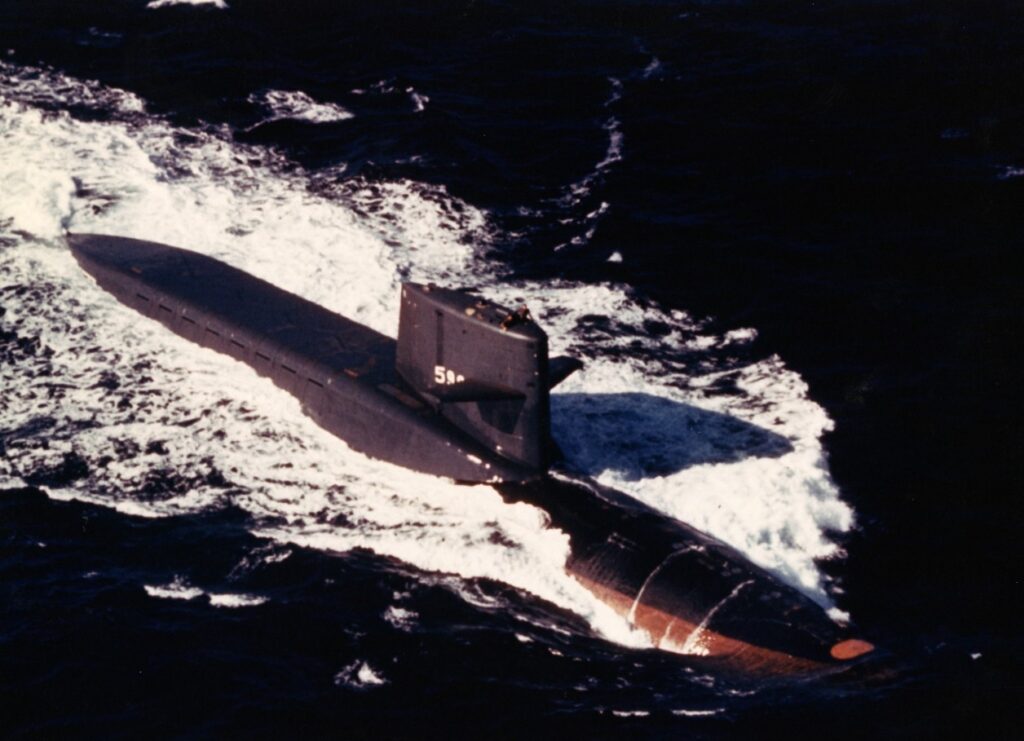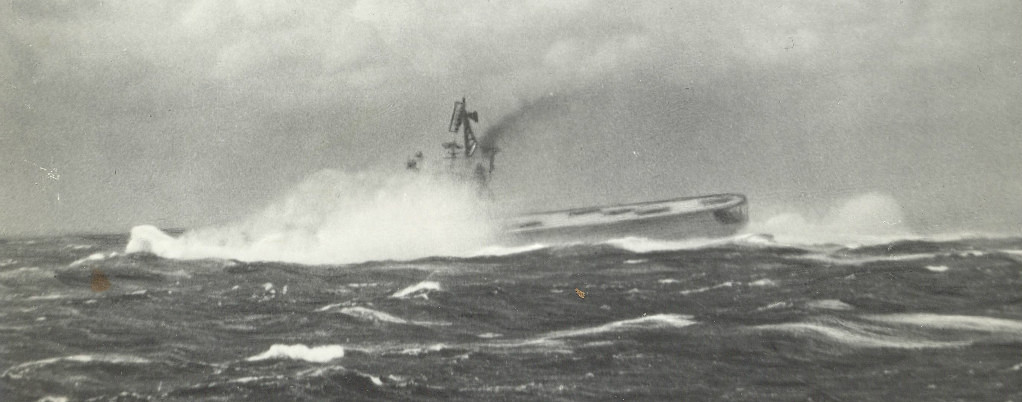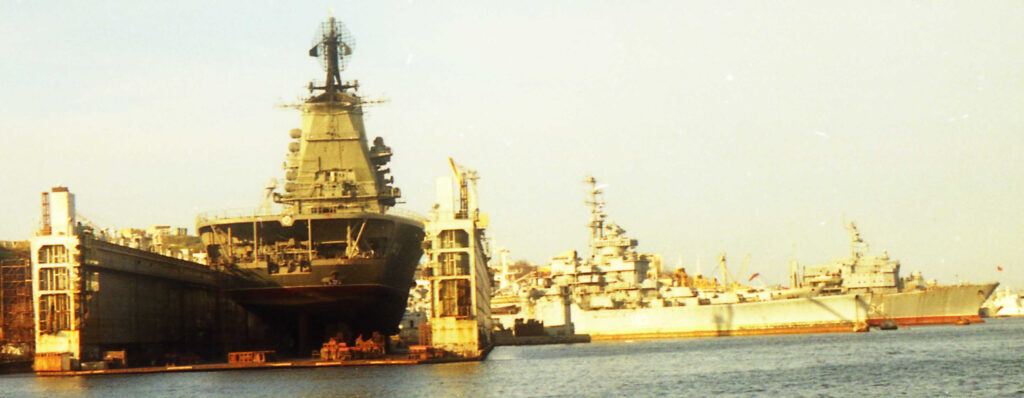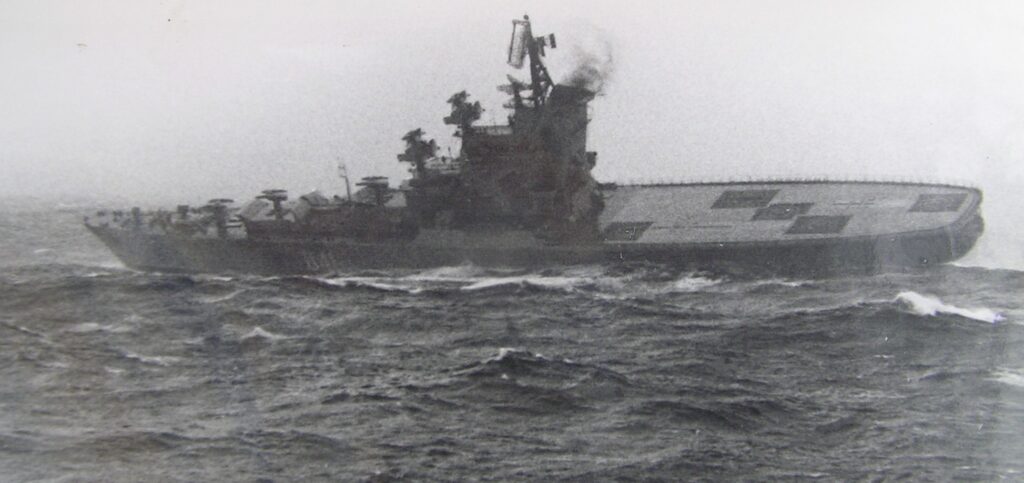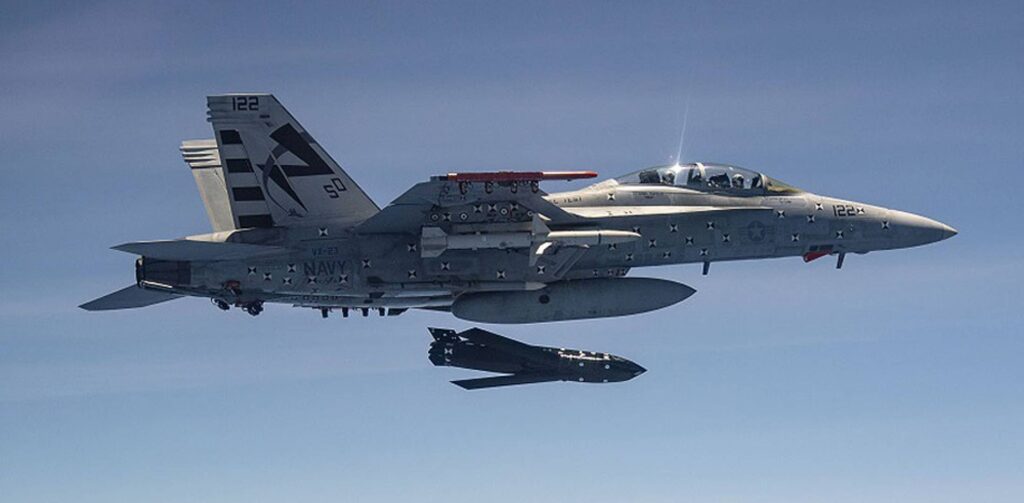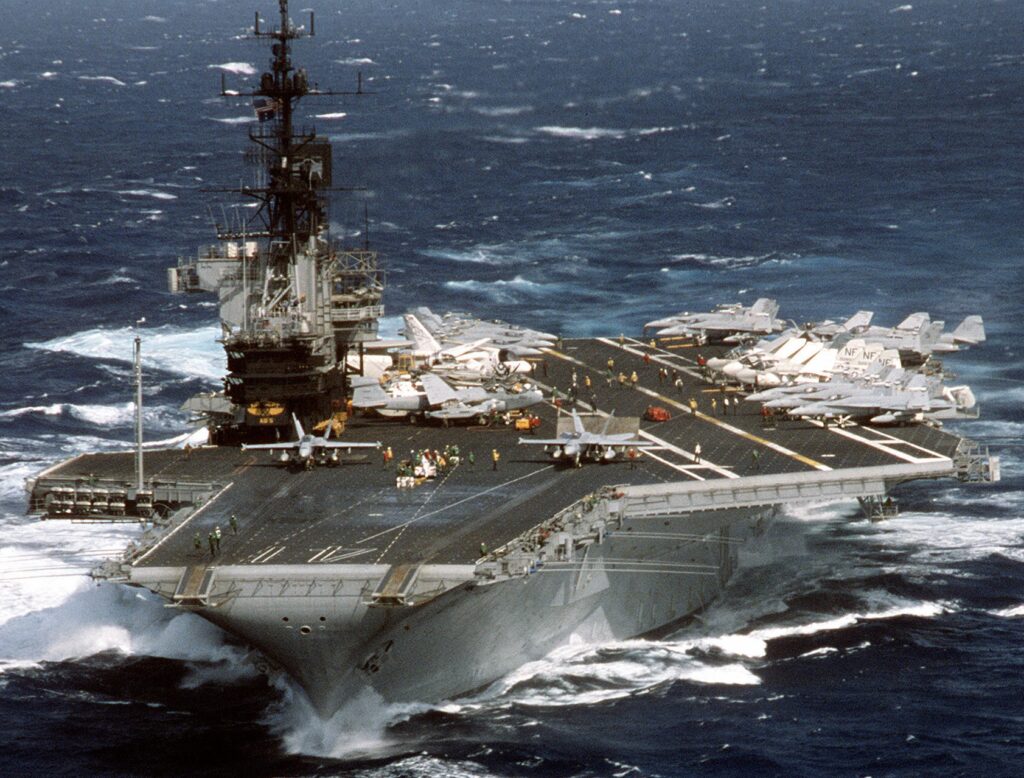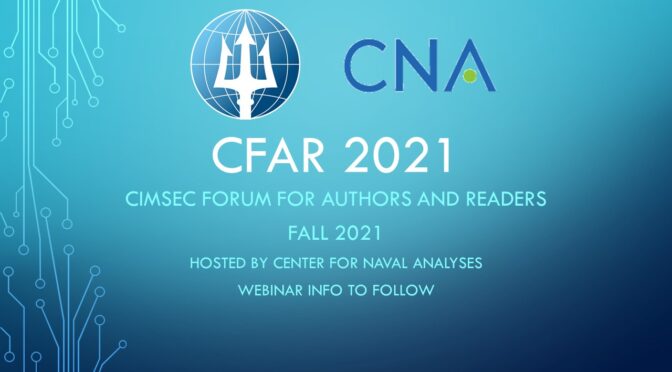By Michael A. Dennis and Anand Toprani
Part One
Wars and pandemics expand the realm of the possible. By passing the $2 trillion CARES Act plus the more recent $1.9 trillion American Rescue Plan, the U.S. government staved off some of the COVID-19 pandemic’s worst economic effects. Recognizing that one person’s spending is another’s income, Washington and governments around the world put their economies on life support until the measures necessary to contain the virus took hold and normal economic activity might resume. The U.S. government’s handling of the pandemic has been mixed, but it has demonstrated one fact beyond any reasonable doubt: mammoth U.S. budget deficits don’t have the sorts of deleterious effects about which some in Washington have long warned.
Aside from forcing some economists and public officials to reconsider their aversion to deficits, the events of the recent past have seemingly validated some, if not all, of the tenets of Modern Monetary Theory (MMT). Proponents of MMT – previously a fringe, “heterodox” idea in economics departments – argue that “monetary sovereigns” – countries that control their own money supplies and borrow in their own currency – can afford to run deficits so long as they do not cause excessive inflation (too much money chasing after too few goods).
MMT offers a potential solution to the current economic predicament in the United States. Even before the pandemic, progressive politicians announced MMT was the answer to how the United States might fund the Green New Deal without having to worry about deficits or increased taxes. Many economists and conservative politicians criticized this embrace of MMT, sometimes for specious reasons.
To be clear, MMT is not beyond criticism: its proponents often overlook the central role of U.S. power in their understanding of political economy (how politics shapes markets and economic outcomes). This article will suggest that MMT is only possible because of the special character of American power within the international system and its most visible instrument: the dollar. It is an artefact of American hegemony as well as its potential savior.
Understanding U.S. Power
The United States has seen better days. The country long ago gave up the title of “workshop of the world,” and despite the size of its defense budget, it has not won a war in decades. None of this means that American hegemony is a myth. In some realms, it is greater than ever before. Which nation could have stabilized the global financial system after 2008? During the recent pandemic, no one even questioned the Federal Reserve’s leadership in forestalling another crisis. That sort of power was beyond the comprehension of Victorian statesmen and is likely beyond the grasp of Communist China.
What makes the United States different despite its economic, military, political, and moral shortcomings? Why does the rest of the world not only allow the United States to live beyond its means but even to subsidize it – what generations of embittered European statesmen called “exorbitant privilege”? The cause of these U.S. deficits is not social spending only: U.S. defense spending between 1992 and 2019 equaled 83% of the total U.S. current-account deficit – the balance between what the country buys from and sells to foreigners – during that period.
The exact nature of the spending answers the “how,” but the “why” – that is, why do foreign ants support U.S. grasshoppers? —remains. Perhaps the main reason is that foreigners want to hold U.S. dollars, which remain indispensable for international trade. While 23% of global exports excluding commodities are invoiced in dollars, only 10% go to the United States. Foreigners sell in dollars because they know those same dollars can be used to buy whatever they need, even if it is not produced in the United States. They also use them to buy U.S. public and private debt. Few investments are safer than Treasuries while U.S. corporate debt has obvious attractions considering the size of the U.S. economy and the absence of capital controls (unlike China).
It is vital to remember that U.S. military and industrial power during and after World War II made this system possible. At the same time, however, Americans should banish the illusion that U.S. military power alone sustains the United States’ financial position. Rather, it is U.S. scientific, technological, economic, and financial strength that underpin U.S. military power. Additionally, U.S. financial hegemony – which allows the United States to fund its deficits cheaply, pay for an outsized military, and exercise non-violent coercion of its adversaries and friends – rests on the centrality of the dollar and the U.S. production of knowledge.
The Power Pyramid
Many members of the national-security world are familiar with Harold Laswell’s concept of the “DIME” (diplomacy, information, military, and economics). The DIME are the instruments by which great powers influence the external environment, but they have little to say about the sources of that power. Whereas the instruments of power are similar across many nations, the sources of power tend to be peculiar and dependent on the specific context. So, let us focus our attention on the United States.
While the foremost English-language theorist of the sources of power is the sociologist Michael Mann, there is another thinker whose work is perhaps even more relevant to the contemporary United States and its financial hegemony. In a seminal 1987 essay, the pioneering scholar of international political economy, Susan Strange, argued that U.S. power was a four-sided pyramid comprised of military force, productive capacity, financial strength, and the capability of generating new and valuable knowledge, all of which make it an attractive destination for foreign investment as well as immigrants. For example, even in a world where the United States is no longer the greatest manufacturing power, it still designs some of the most sought-after goods while also owning the intellectual property that makes their production possible.
In reality, however, pyramids have five sides – the four you can see and the one you cannot: the base. One concept that is missing from Strange’s framework is maintenance, or, the base of the pyramid. This goes beyond the simple maintenance of physical assets to include the upkeep of the financial system and the multiple infrastructures (including human) upon which each of Strange’s other four sources rest. While maintenance might not be the most attractive or appealing idea, it would have prevented events such as the massive SolarWinds hack.
Strange’s pyramid demonstrates that there is a lot of merit to understanding how U.S. power stems from multiple sources instead of focusing myopically on the military instrument. U.S. hegemony has its origins in the United States’ overwhelming military, economic, and political victory during World War II, as well as the institutions and policies that the nation established in the war’s aftermath.
Dueling Economic Theories
Shedding misconceptions about the sources of U.S. economic and financial power requires an understanding of how money works in the world. As John Maynard Keynes famously observed, those who believed themselves devoid of any intellectual influence were “usually slaves of some defunct economist.” In the case of former President Donald Trump, that economist was Arthur Laffer, who popularized the notion that “tax cuts pay for themselves” by promoting higher economic growth. The 2017 Trump tax cuts, however, produced neither the promised economic boom nor runaway inflation. The problem remained deflation – too little money chasing after too many goods. So why was that the case despite the immense overhang of public debt even before the pandemic? Again, Keynes provides some answers.
In the 1920s, Keynes realized that the classical Quantity Theory of Money was false. Before him, economists believed, and many continue to believe, that an increase in the money supply produces inflation rather than increasing a society’s wealth. As Keynes realized, however, during an economic downturn, when people’s expectations discouraged them from spending money, deflation rather than inflation was the problem. Unfortunately, subsequent generations of economists have had to relearn his lessons.
With the pandemic gathering steam in the spring of 2020, lawmakers acted with unusual alacrity to pass legislation providing workers with a one-time payment of $1,200 and raising unemployment payments by $600. These and other measures allowed laid-off, furloughed, or underemployed workers to survive (temporarily) the unprecedented twist of the economic rheostat without shoving the economy into a wholesale depression. Financial markets, following a brief dip at the pandemic’s outset, rebounded after the Federal Reserve dusted off its 2008 Financial Crisis playbook and lowered interest rates to zero while pledging to buy distressed assets, including corporate bonds.
Not surprisingly, the size of the U.S. government’s budget deficit in 2020 relative to the overall economy (17.9%) was higher than any period since World War II. Yet, the rates on 10-year U.S. treasures dropped by two-thirds (1.8% to less than 0.6%) before stabilizing, at year’s end, at half of their rate in January 2020 (0.93%). The notion that U.S. debt could become cheaper the larger it grew undercut economic orthodoxy and even common sense, and yet that was precisely what was happening. If Americans were expecting conventional economic wisdom to explain what was going on, they were sadly mistaken.
Enter MMT
It proved fortuitous that a former adviser to Senator Bernie Sanders, Stephanie Kelton, published a book popularizing MMT, The Deficit Myth, just as the pandemic locked everyone in their homes. Although MMT’s proponents are reluctant to admit it, they are not advocating a radically new idea. As early as 1943, the economist Abba Lerner articulated the concept of functional finance. This was the theory that governments should use finance as a positive instrument to achieve certain policy functions, including full employment, if necessary by having the Federal Reserve purchase any unsold U.S. Treasuries.
Kelton’s greatest success was not of one creation but rather synthesis. She reframed Lerner and others’ ideas in clear, accessible prose and suggested how they might help to alleviate some of the worst problems confronting the United States.
MMT rests upon a set of observations that are familiar to any student of Keynesian economics. First, what is commendable on the individual level may have catastrophic social effects because one person’s spending is another’s income – that is to say, any collective effort to reduce spending and “deleverage” (liquidate debts) is liable to reduce aggregate wealth. Keynes called this the “paradox of thrift,” but it was also a practical demonstration of the first lesson in every accounting class: double-entry bookkeeping. Assets at the close of business must equal liabilities and deferred equity – i.e., both sides of the ledger (credits/debits) must balance. Government deficits are not always a problem since these public deficits create private surpluses and vice versa. If the government has more money than it needs to fulfill its obligations, it means that the collective ordinary people have less.
This logic operates in many different forms and venues. Perhaps the best-known example repeats every year on the same day – Christmas Eve – when networks re-air It’s a Wonderful Life. Among its many charms, the film captures the high drama of the “bank run.” As the harried bank manager (Jimmy Stewart) explains to the panicked townspeople, if every depositor attempts to withdraw their money simultaneously, the bank will have to call in its outstanding loans. This will either tip borrowers into insolvency or force them to cut spending, often by laying off workers or deferring investment, which will further depress the economy. (As a side note, perhaps the best explanation of how fear can paralyze a banking system and the entire economy, and how to restore confidence, is President Franklin Roosevelt’s very first “Fireside Chat.”)
The second observation underlying MMT is that nations are not households. Personal budgets and debt obligations are not the same as those of a national government. Besides having a monopoly on the legal use of force, the most important distinction between Uncle Sam and the average American is that only the former can issue legal tender. Following the final collapse of the Gold Standard in 1971 (the Bretton Woods System, which pegged the price of gold at $35 an ounce), according to MMT, certain governments that issue their own currency, such as the United States but also Japan, Canada, Australia, etc., can never run out of money since they control the supply of this resource. This is the foundation of what Kelton calls “monetary sovereignty.” Virtually every nation issues its own currency but only a fortunate few may borrow in their own currency (often from their own citizens’ savings), which spares them the need to peg their currency to another or generate current-account or budget surpluses to service their external debts.
Third, because the U.S. government, through the Treasury and the Federal Reserve (the government’s bank), is the only legal issuer of dollars and has a monopoly on the legal use of force, it can compel everyone within its jurisdiction to pay taxes in U.S. dollars. (MMT theorists, like economists in general, prefer not to acknowledge the role that violence plays within economic systems, but it is implicit within their theories.) This means that households, businesses, as well as state and local governments are what Kelton calls currency “users” as opposed to currency “issuers.”
The question then becomes: Why would the government go through the rigmarole of creating bits of paper and then force its citizens to return some of them every Tax Day or encourage the conversion excess dollars into government bonds (“green” dollars into “yellow” dollars, in Kelton’s formulation)?
The answer is simple but not necessarily intuitive, which is perhaps Keynesian economics’ most-significant shortcoming: National governments with sovereign currencies do not tax and borrow to spend. Instead, they spend first, using money that they and banks create. Then, they tax and borrow, not because they are running out of pieces of paper but because they want to combat inflation and reduce inequality. Americans can see this process at work during fights over raising the debt ceiling — a political farce masquerading as a debate over whether the U.S. government should issue further debt to cover money it has already spent.
Just because proponents of MMT argue the United States can spend money without worrying about deficits does not necessarily mean it should. Not all spending is equal in its contribution to maintaining a nation’s position at home and abroad. Unfortunately, MMT does not provide any guidance about how to spend money besides satisfying a liberal policy wish list. It is surprising that conservatives have been so hostile to MMT because they could theoretically use it to justify higher defense spending or further tax cuts.
In fact, the United States should be wary of supporting any spending program that fails to strengthen the pyramid Strange identified. Doing so may undermine the U.S. financial hegemony that makes MMT possible, not to mention the gargantuan U.S. national security apparatus.
MMT: An Opportunity?
Combining MMT with Strange’s framing of American power offers national security professionals a rare opportunity to learn about government finance from the federal government’s response to COVID-19. Are there lessons that apply beyond the pandemic? More important, how does American financial strength underpin and serve U.S. power more broadly? These are issues that elucidate crucial dimensions of national security and the nature of the United States’ hegemonic role within the international system.
Kelton described her conversion to MMT as a “Copernican moment,” but the depth of her embrace is almost religious, evoking Saul’s conversion on the road to Damascus. MMT is truly a powerful tool for re-conceptualizing the role of governments in managing the economy to grapple with current (inequality) and future challenges (climate change), but it possesses certain blind spots. In Part Two, the authors will explain the gaping hole at the heart of MMT – not the usual screeds of deficit “hawks” but rather an appreciation of how monetary sovereignty is intimately bound up with political and military hegemony.
Michael A. Dennis and Anand Toprani are professors of strategy and policy at the U.S. Naval War College and visiting professors at Brown University. They wish to acknowledge their profound debt to their colleague, Brown University professor Mark Blyth, whose insights inspired this piece.
The views expressed here are Dennis and Toprani’s and not necessarily those of the U.S. government.
Featured Image: Graphics of U.S. currency superimposed on U.S. government imagery. (Credit: Christina Animashaun)



